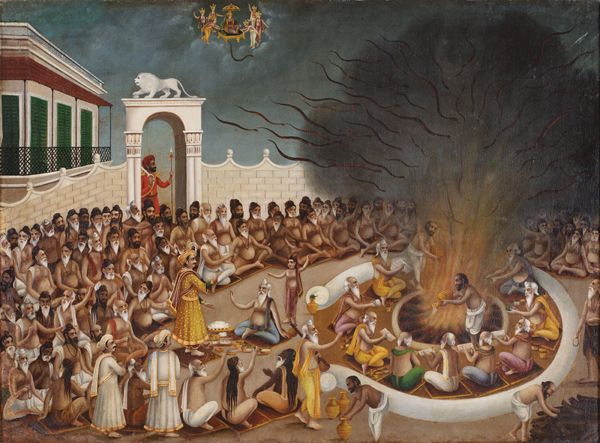Sarpa Satra or Snake Sacrifice
Sarpa Satra or Snake Sacrifice
Sarpa Satra or Snake Sacrifice
|
Anonymous (Early Bengal) Sarpa Satra or Snake Sacrifice year Late 19th Century size 28 × 38 in. / 71.1 × 96.5 cm. medium Oil highlighted with gold pigment on canvas |
| Art Artist Names Single | Anonymous (Early Bengal) |
|---|






